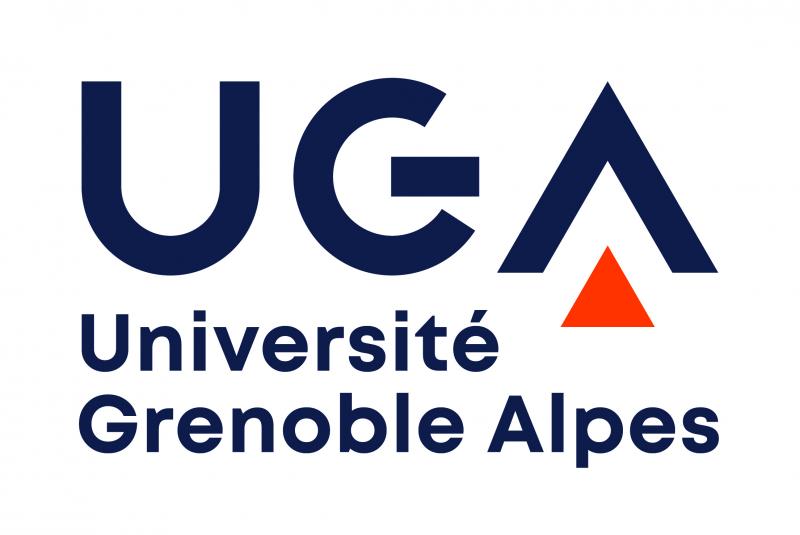Adaptive Simulation of Plasma Etching
About the NANO-D research group at INRIA
The NANO-D group, led by Stephane Redon at INRIA, develops novel multiscale, adaptive modeling and simulation methods, which automatically focus computational resources on the most relevant parts of the nanosystems under study. All algorithms developed by the group are gathered into SAMSON, an open-architecture software platform designed by NANO-D (SAMSON: Software for Adaptive Modeling and Simulation Of Nanosystems).
During the twentieth century, the development of macroscopic engineering has been largely stimulated by progress in numerical design and prototyping: cars, planes, boats, and many other manufactured objects are nowadays designed and tested on computers. Digital prototypes have progressively replaced actual ones, and effective computer-aided engineering tools have helped cut costs and reduce production cycles of these macroscopic systems.
The twenty-first century is most likely to see a similar development at the atomic scale. Indeed, the recent years have seen tremendous progress in nanotechnology - in particular in the ability to control matter at the atomic scale. Similar to what has happened with macroscopic engineering, powerful and generic computational tools will be employed to engineer complex nanosystems, through modeling and simulation.
The NANO-D group is funded through ANR grants, an ARC grant, and an ERC Starting Grant (http://nano-d.inrialpes.fr).
Plasma etching simulation
Plasma etching is a process used in nanoscience and nanotechnology to fabricate materials, by bombarding ions and/or neutrals towards a surface. Bombarded ions and neutrals interact with the surface and remove atoms from it, either through sputtering (i.e. removing matter by pure physical processes) or etching (i.e. removing matter by a chemical reaction with the incoming radical or ion).
Because the interaction mechanisms between the plasma and the surface may be complex and difficult to understand, simulations may be used to determine the parameters of the etching machines. These simulations may be costly themselves, however, due to the number of atoms involved and the potentially complex underlying physics.
Research internship details
The goal of the intern will be to develop a set of tools to simulate plasma etching of graphene in SAMSON, the software platform being designed in the NANO-D group for adaptive modeling and simulation of nanosystems. The tools will rely on the adaptive incremental simulation algorithms that have been developed in the group, and the objective will be to design a set of SAMSON Apps for modeling, simulating and analyzing the plasma etching process.
Desired profile
We are looking for creative, passionate and hard-working individuals with exceptional talent for computer science and mathematics. The successful applicant will be in the process of obtaining a Master’s degree in computer science or an equivalent level. Excellent oral, written and interpersonal communication skills are essential (the working language will be English – knowledge of French is a plus.
Requirements
- Strong computer science background (Master’s degree in computer science or equivalent)
- Strong oral, written and interpersonal communication skills (working language: English – knowing French is a plus)
- Good knowledge of C++
- Ability to work independently and with a team


 Sign in
Sign in














